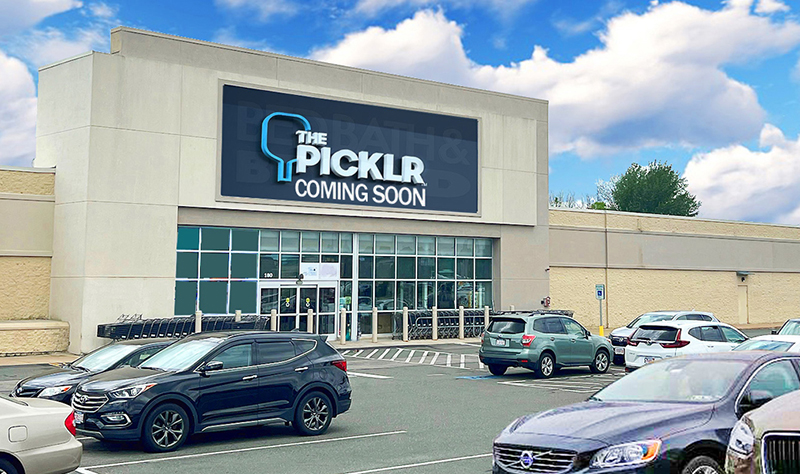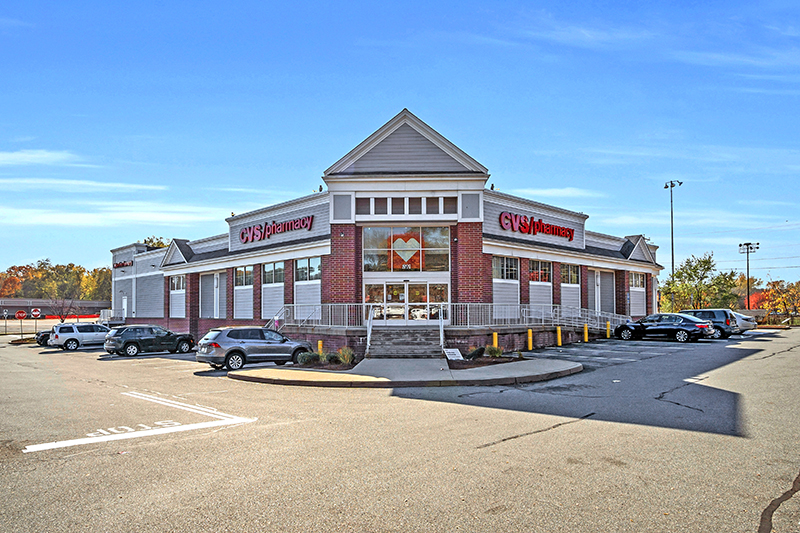News: Retail
Posted: May 21, 2015
Question of the Month: Permitting - What is the impact of sign regulations on a project?
Sign permits are an essential element in the process of developing your site branding program. Experienced developers and national retailers are generally aware of the impact of sign regulations on their project. The secret to success in maximizing your brand is begin the process early and work with an experienced branding company that understands the local codes and know who the key influencers are in the community. All cities and towns have their own code and local politics and becoming well versed with each jurisdiction's nuances can be difficult and time consuming if you don't have the local experience.
When is a sign permit needed?
A sign permit is required before most exterior signs are installed. This includes all types of signs from freestanding signs, wall signs, and marquee signs. Awnings with graphics are often considered a "sign" by town regulations and it isn't unusual for jurisdictions require a temporary banner permit. Acquiring electrical permits and zoning permits are also often required when applying for a sign permit.
What happens when a
sign permit is denied by
the local jurisdiction?
At times your branding needs may require a design, sign type or size that is not allowed to be built under your local sign code. If a sign permit application is denied, most times the jurisdiction will allow you to apply for a variance. A sign variance is an approval request for a sign that does not fit the set sign permit requirements and often requires approval from the zoning board of appeals.
What are some reasons
you might need to apply
for a variance?
* The proposed branding package needs to be easily seen by passing motorists in one or both directions and is hidden by existing buildings, trees, traffic, or other obstructions.
* The permitted signage could not be seen by passing motorists in time to safely react and stop at the business.
* Existing signs on nearby parcels would substantially reduce the visibility or advertising impact of a conforming sign on your parcel.
* Construction of a conforming sign would block motorists' view of the road or otherwise endanger the health or safety of passers-by.
* Natural land features would have to be removed or severely altered if a conforming sign was constructed such as removal of trees, alteration of the natural topography, filling of wetlands, or obstruction of a natural drainage course.
* Variance from certain sign regulations would be offset by increased building setback, increased landscaping, or other such enhancements, so that the overall effect would make the parcel look much better than it would if the sign was built according to code.
* A taller or larger sign than allowed by the code would be more appropriate in scale because of the large size or frontage of the parcel or building.
Process and partnership
Be prepared to explain the reasons why you have selected the sign design you would like to build. The more the municipality understands why you have chosen particular colors, graphics, materials, and sizes, the better they will understand your need for a variance. Consult with your signage professional, they will be able to help you through this process. Though in some cases, you may also need the services of an attorney.
In the variance application, it is best to demonstrate how the request will not only help your business, but also how it is in the interest of the local community to grant the request. Show how the improvement to your property will contribute to a revitalization of the district itself and how the resulting increases in income and property value will increase local tax revenues. Talk about the safety benefits that will result from the enhanced readability of the proposed sign.
Protect your brand. Don't succumb to unreasonable sign regulations. In today's competitive retail environment, the strength and relevance of your brand image is more important than ever. Branding and signage plays a major role in the success of your project, and many retailers fail to take advantage of the power of visual communications to build their bottom line.
It's important to contact your signage professional in the early stages of your site development process. Timing is crucial. The process usually will require several months of focused effort. The sooner your signage professional is involved in the process, the better leverage they will have to maximize your brand.
With sufficient time, your signage professional will be able to expertly assess the unique features and needs of your site, learn your goals, develop a branding solution and strategy for permit approval and work on your behalf to successfully achieve regulatory approval for your branding package.
Building your brand is more than just getting your target market to choose you over the competition. It is about getting your prospects and customers to see you are the only one that provides a solution to their problem. A brand is not what you tell your customers about your company, it is what they perceive of it. It is what they say and feel about your company. With this in mind, your reputation is on the line every time they experience your brand.
Richard Poyant is the president of Poyant Signs, New Bedford, Mass.
Tags:
Retail
MORE FROM Retail
Mace of KeyPoint Partners negotiates 36,192 s/f lease for The Picklr at Endicott Square
Danvers, MA KeyPoint Partners (KPP) negotiated a lease with the nation’s premier indoor pickleball venue The Picklr at Endicott Sq. Vice president of retail brokerage Don Mace negotiated the transaction on behalf of the landlord.

Quick Hits




.jpg)


